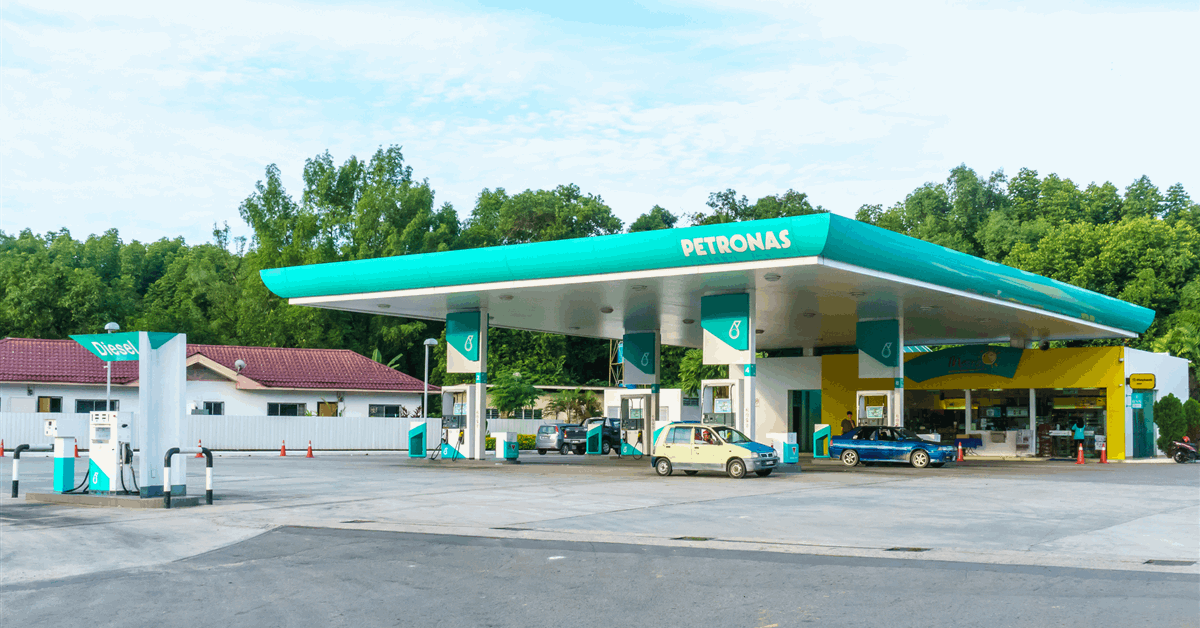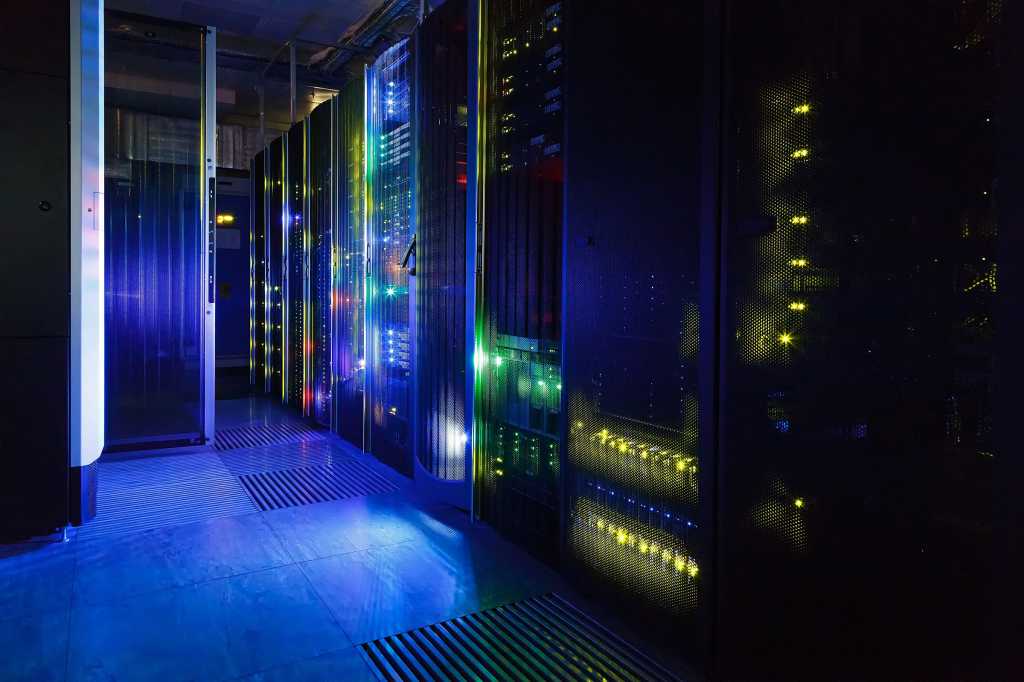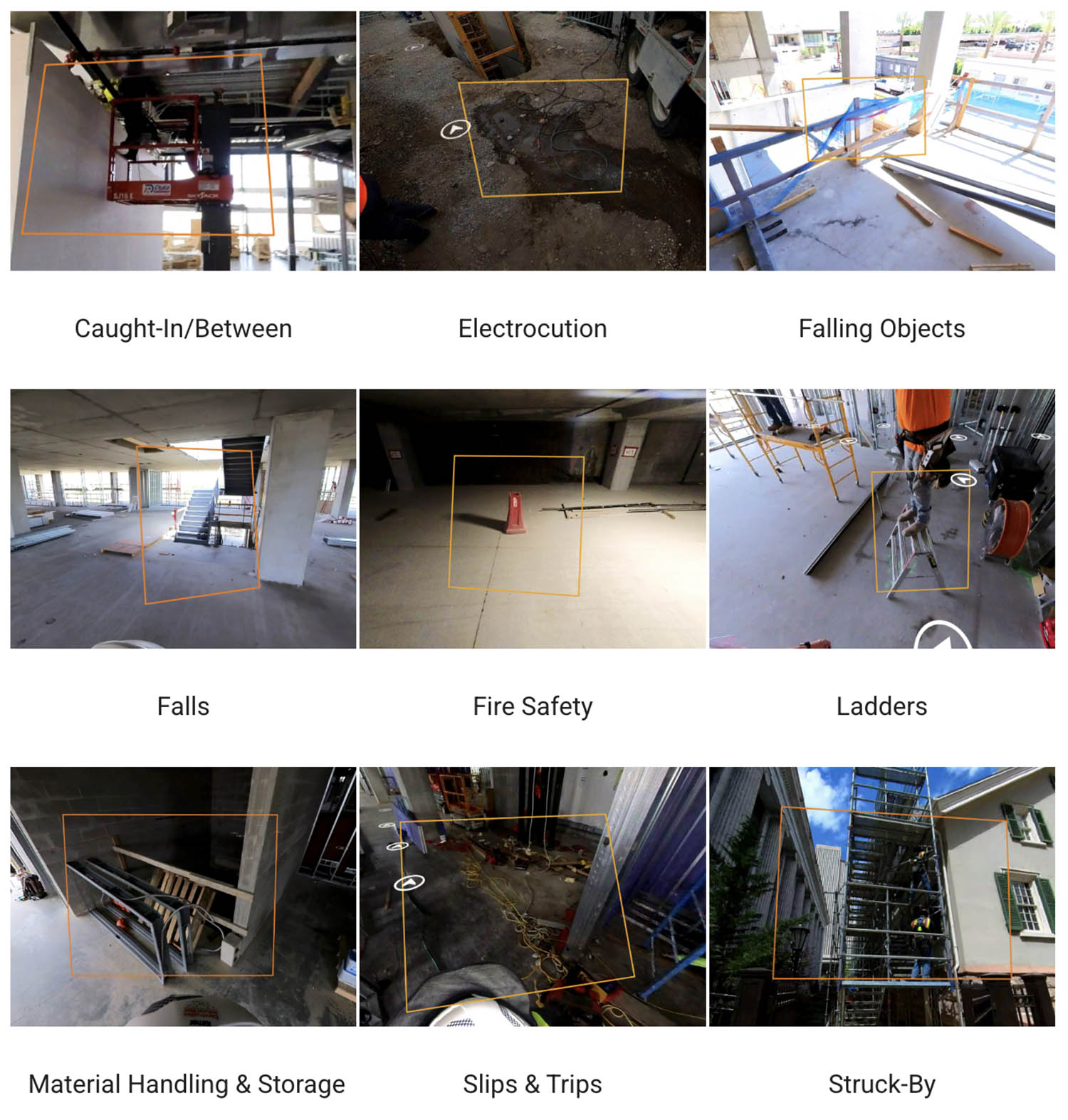Join the event trusted by enterprise leaders for nearly two decades. VB Transform brings together the people building real enterprise AI strategy. Learn more
The No. 1 way AI is changing 150-year-old energy giant Chevron? How technical practitioners engage with data.
Offshore in the Gulf, Chevron is drilling for oil resources miles below the ocean floor in pockets and reservoirs that may or may not yield results. Agentic architectures need to be able to process petabytes of critical data — which not only provides insights on where to drill, but how to do so without negatively impacting human lives or the environment — in the cloud and at the edge.
“Data is the ultimate accelerant for all of our AI use cases,” Steve Bowman, GM for enterprise AI at Chevron, said onstage at this year’s VB Transform. “It’s something that we’ve embraced in a big way.”
How AI is changing the way Chevron interacts with its untold amounts of data
In 2019, Chevron teamed up with Microsoft and oilfield services company SLB in a project called ‘Triple Crown’ to modernize and standardize cloud-based tools. The three companies have built Azure-native apps into SLB’s DELFI* cognitive exploration and protection (E&P) to help Chevron process, visualize, interpret and gain meaningful insights from multiple data sources. DELFI* E&P covers exploration, development, production and midstream environments.
The $250 billion energy giant with 1,000s of employees in 180 countries worldwide has “an enormous amount of data out there,” said Bowman. And, while Chevron has “very robust systems of record,” large amounts of unstructured data have existed in a variety of share points.
Over the years, Chevron has built some “really great algorithms” that have traditionally been run at small scale on-premises, he explained. However, there has been an increasing push to scale up, running those algorithms at a much larger scale and more efficiently in the cloud.
By doing that, “instead of looking at one three-mile-by-three-mile block in the Gulf of Mexico or Gulf of America, we can look at much larger areas we’re trying to operate on,” he said.
The Microsoft-SLB collaboration has focused on three products: FDPlan, DrillPlan and DrillOps. FDPlan utilizes high-performance computing (HPC) to integrate subsurface models, enabling employees to make faster and more informed decisions in complex environments, leveraging the best available data. For instance, in the Gulf, FDPlan helps Chevron analyze different options for developing a reservoir so its teams can focus on the most optimal scenarios.
Meanwhile, DrillPlan is designed for engineers developing drilling plans, while DrillOps is used by teams that drill wells.
Before the initiative, some subsurface Chevron employees were spending as much as 75% of their time looking for data, Bowman noted. “We can see that the time people spend looking for data is beginning to decrease, and the speed at which we can get insights is really accelerating,” said Bowman.
DrillPlan has also helped Chevron reduce its deepwater well planning process by 30 days. For instance, in Argentina, the company has reduced its planning cycle time for an eight-well pad from two weeks to less than a day.
Ultimately, Bowman called the move to the cloud “a real force multiplier” that has allowed Chevron to enter into a new phase of modernization.
A focus on modular systems
Now, as they work to integrate AI, Bowman’s team is focusing heavily on modularity.
He pointed out that the initial ‘ask’ was search; they offered up a very simple use case allowing people to retrieve information that existed within a “very, very” complex SharePoint. But as users have engaged more and more, their asks are increasing; in response, his team has added a retrieval agent, an agent that can evaluate findings from a technical standpoint and an orchestrator agent to link the two.
“We really realized pretty early that we needed to lean in heavily on modularity, because we knew that these agents would be called upon in other workflows, based on the demand,” he said.
Another effort is ‘Chevron Assist,’ a chat interface to operate on health, safety and environmental (HSE) standards. “We work in an enormously complex industry, and the stakes of the game are always higher,” said Bowman.
The tool provides a natural way for people to interact with documents related to critical standards and procedures, eliminating the need to click through links or search within documents. So, for instance, a user can combine all of the standards they need for a drilling crew, an operations crew and a maintenance crew.
“We realized we weren’t thinking of the problem in the way that individual users are thinking of those things all together at once,” said Bowman. “There has been so much value in that integration. That’s really changed the way people do their work.”
Not focusing too much on POCs
As it builds out its programs, Bowman’s team has actively avoided falling into the habit of undertaking pilots and proofs of concepts (POCs) that drag on too long. “There’s no value in that,” he said.
The goal has always been to deploy the most promising use cases into production, he said. Everything must be linked back to Chevron’s bottom line and offer up a strong value proposition.
“We know that with a curated data set and really enthusiastic, well-meaning group of users and a super narrowly defined use case, there’s almost 100% certainty that your POC will be successful,” said Bowman.
Another important element in deploying next-gen tools is overcoming the trust hurdle. From a behavior change standpoint, enterprise leaders must understand not only the expectations the company places on users locally and at the edge, but what those users expect in turn, said Bowman.
“If you’ve built out these systems or tools in such a way that the individuals who are going to put hands on them don’t trust them, or can’t trust them, or there’s something holding them back, then you never really get the full enthusiastic deployment,” he said.
Editor’s Note: As a thank-you to our readers, we’ve opened up early bird registration for VB Transform 2026 — just $200. This is where AI ambition meets operational reality, and you’re going to want to be in the room. Reserve your spot now.
Daily insights on business use cases with VB Daily
If you want to impress your boss, VB Daily has you covered. We give you the inside scoop on what companies are doing with generative AI, from regulatory shifts to practical deployments, so you can share insights for maximum ROI.
Read our Privacy Policy
Thanks for subscribing. Check out more VB newsletters here.
An error occured.




















